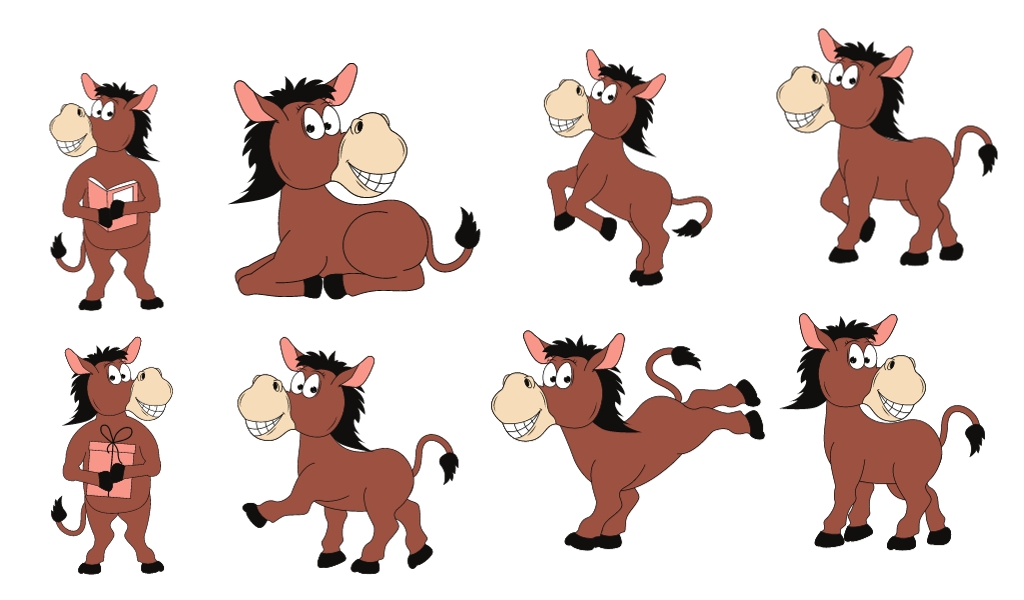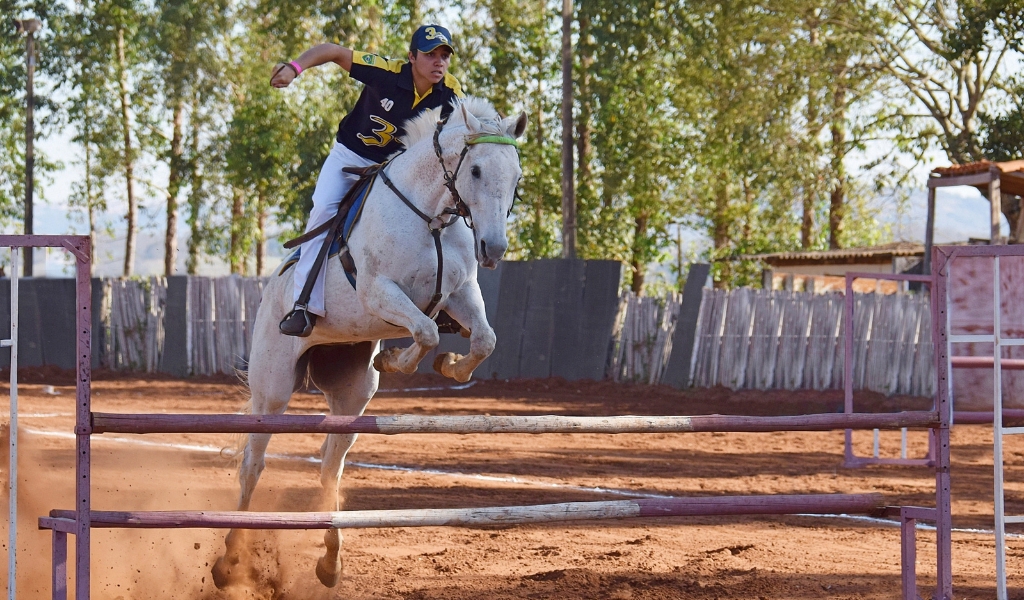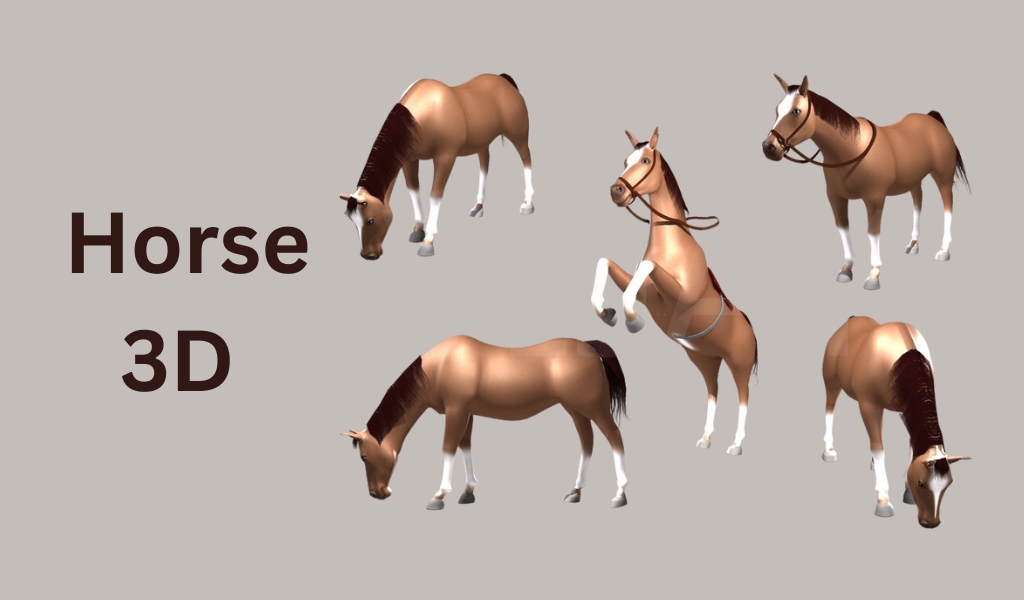Are you curious to know what your true spirit animal is? Look no further than this horse emoji quiz! Emojis have become a popular way of expressing our thoughts and emotions in the digital age. They can convey a wide range of meanings and sentiments, including our innate characteristics and desires. By taking this quiz, you’ll uncover the hidden aspects of your personality that align with different horse emojis.
Horses have long been revered for their strength, beauty, and grace. In many cultures, horses symbolize power, freedom, and loyalty, making them the perfect candidates for determining our spirit animals. Each horse emoji represents a unique aspect of our inner self that may not be immediately apparent in our day-to-day lives. Whether you identify with the galloping horse emoji or the unicorn emoji, this quiz will reveal which spirited equine creature resides within you. So saddle up and embark on this exciting journey to discover your true spirit animal through the enchanting world of horse emojis!
The popularity and significance of emojis

The popularity of emojis is undeniable, as these simple and expressive symbols have become a universal language in the digital era. From messaging apps to social media platforms, emojis have infiltrated our daily conversations, allowing us to convey emotions and add depth to our written words effortlessly. Emojis have taken on a significance that goes beyond mere decoration; they bridge the gap between text and tone, enabling us to inject humour, sarcasm, excitement, or even sadness into our virtual interactions.
Table of Contents
These small icons carry immense power in enhancing communication by providing a visual element that words alone often struggle to convey. The horse emoji is a perfect example of this phenomenon. On its own, the word horse seems straightforward and lacks any specific emotional connotation.
However, when coupled with an emoji depicting a majestic stallion galloping through open pastures or a playful pony with upturned ears—our message comes alive! Add the horse emoji after expressing your enthusiasm for finally going on that long-awaited trail ride, or use its mischievous counterpart alongside witty banter about equestrian escapades—the possibilities are endless.
In today’s fast-paced world, where brevity reigns supreme on digital platforms, emojis offer efficiency and convenience while still allowing us to express ourselves fully. As society becomes increasingly reliant upon technology for communication purposes, it’s safe to say that emojis aren’t going anywhere anytime soon—and their significance will only continue to grow as we find new ways to incorporate them into our online interactions. So next time you’re contemplating.
Brief history of emojis

Emojis have become an intrinsic part of our digital communication, allowing us to convey emotions, reactions, and ideas through tiny pictographs. But have you ever wondered about the origin and evolution of these colourful characters? The concept of emojis can be traced back to the late 1990s when Shigetaka Kurita, a Japanese engineer at NTT DoCoMo, created a set of 176 simple pixel-based icons that were intended to express different emotions and activities. These early emojis paved the way for what would soon become a global phenomenon.
However, it was only when Apple introduced its first iPhone in 2007 that emojis started gaining popularity outside Japan. Initially hidden within the keyboard settings, users discovered these cheerful symbols and began incorporating them into their messages. The inclusion of emojis in Apple’s iOS made them accessible to a broader audience around the world, fueling their meteoric rise as a new language in digital communication. Fast forward to today: there are now over 3,500 emojis officially recognized by the Unicode Consortium, with new additions being released regularly.
The history of emojis is more than just cute pictures on our screens; it exemplifies our human need for efficient expression in an increasingly digital world. From humble beginnings as simple pixel art icons created by one engineer in Japan to becoming universal symbols facilitating cross-cultural communication worldwide—emojis have undoubtedly come a long way. They engage us in visual storytelling and provide nuance where words may struggle. As we continue to embrace this evolving form of expression,
The need for a horse emoji

The digital world has become a vast and diverse space where people from all walks of life come together to express themselves. From love and laughter to anger and frustration, emojis have become an integral part of our daily communication. However, there is one essential creature that needs to be added to this emoji realm – the mighty horse.
Picture this: you’re trying to convey your excitement about going on a horseback riding adventure with friends, but all you can find in the emoji keyboard are unicorns and zebras. While these magical creatures certainly have their place, they fail to capture the essence of that exhilarating connection between humans and horses. A dedicated horse emoji would not only allow equestrians worldwide to share their passion for these majestic animals accurately but also promote inclusivity by recognizing the significance horses hold in various cultures and traditions around the globe.
Beyond its undeniable aesthetic appeal, a horse emoji could open up new avenues for social expression. Consider how often we use emojis as shorthand descriptions, representing emotions and experiences that words alone may struggle to capture fully. With a wide range of equestrian sports and activities – such as dressage, show jumping, or even simply horsing around – an inclusive horse emoji would provide enthusiasts with unique ways to celebrate victories or commiserate over challenges while fostering a sense of community among fellow riders who share these experiences worldwide.
In conclusion, the need for a horse emoji has never been more apparent than in today’s digital landscape, where representation matters. By adding this impactful symbol to our keyboards, we’d
The design and representation of the horse emoji

The horse emoji, with its majestic profile and flowing mane, has become a popular choice for digital communication. However, many people need to be made aware of the thought and precision that goes into designing and representing this simple symbol. The designers take great care to ensure that the horse emoji is easily recognizable and relatable across different platforms and devices.
One interesting aspect of the horse emoji design is its colour. The majority of horse emojis depict a brown or tan colour, which corresponds to how most people imagine horses in reality. This choice helps create a visual connection between the symbol and our perception of horses in our minds. Additionally, the facial expression on the horse emoji plays an important role in conveying emotions. Some designs feature a neutral expression, allowing users to interpret their feelings onto the emoji. In contrast, others may include subtle variations in the eyes or mouth to convey specific emotional states, such as joy or sadness.
Representing such a majestic animal through a small digital image can be challenging, but designers have found innovative ways to capture its essence. One clever approach is incorporating elements like flowing hair or muscular legs into the design that instantly evoke associations with a galloping horse. Another intriguing detail is how different platforms interpret and represent the same basic concept – some emphasize realism, while others opt for more abstract representations with simplified lines and shapes. These interpretations highlight cultural differences among users but still manage to maintain an overall cohesive meaning across platforms.
In conclusion, understanding what goes into designing and representing something as seemingly simple as an emoji can add another layer.
Cultural interpretations and uses of the horse emoji
Image 5
In the realm of cultural interpretations and uses, the horse emoji gallops through various landscapes, carrying with it a myriad of meanings. Across different cultures, this majestic creature can symbolize strength, power, freedom, and even spirituality. In Western societies, the horse emoji is often associated with equestrianism, representing the world of horse racing and leisurely rides along picturesque countryside trails. It embodies elegance and grace in its form and movement.
However, delving into Eastern cultures reveals a contrasting interpretation. In some Asian countries such as China and Japan, the horse holds significant symbolic value in folklore and mythology. Known for its resilience and speed, it is believed to be an emblem of success and good fortune. The depiction of legendary horses like Pegasus or Kelpie further magnifies their mythical aura in popular culture. Thus, when users in these regions employ the horse emoji during conversations or social media interactions, it carries deeper connotations beyond its visual representation.
The beauty of emojis lies in their ability to transcend language barriers while still retaining cultural nuances. Understanding how different societies interpret a seemingly simple icon like the horse creates fascinating insights into our globalized world, where symbols carry meaning that stretches far beyond what meets the eye.
Conclusion: The impact and future of the horse emoji
In conclusion, the horse emoji has undeniably had a significant impact on digital communication and cultural conversations. Its versatility allows it to convey various meanings while also serving as a symbol of strength, grace, freedom, and connection with nature. From representing actual horses to symbolizing equestrian sports or even being used metaphorically for boldness and independence, the horse emoji has become an essential tool for self-expression.
Looking towards the future, we can expect an even greater role for the horse emoji in our digital interactions. With emojis constantly evolving and expanding in their diversity, it is not far-fetched to imagine that variations of the horse emoji could be introduced to represent different breeds or disciplines within equestrianism. Additionally, as society’s awareness of animal welfare issues grows, we may see increased usage of the horse emoji in discussions related to these topics.
Furthermore, with advancements in augmented reality (AR) technology, there may come a time when we can virtually interact with horse emojis or use them to enhance our digital experiences. All in all, the horse emoji has carved out its place as an integral part of contemporary communication. As long as humans continue to cherish their connection with horses and seek ways to embody qualities associated with them through digital means, this iconic little image will continue galloping across our screens while leaving hoof prints on our conversations.





